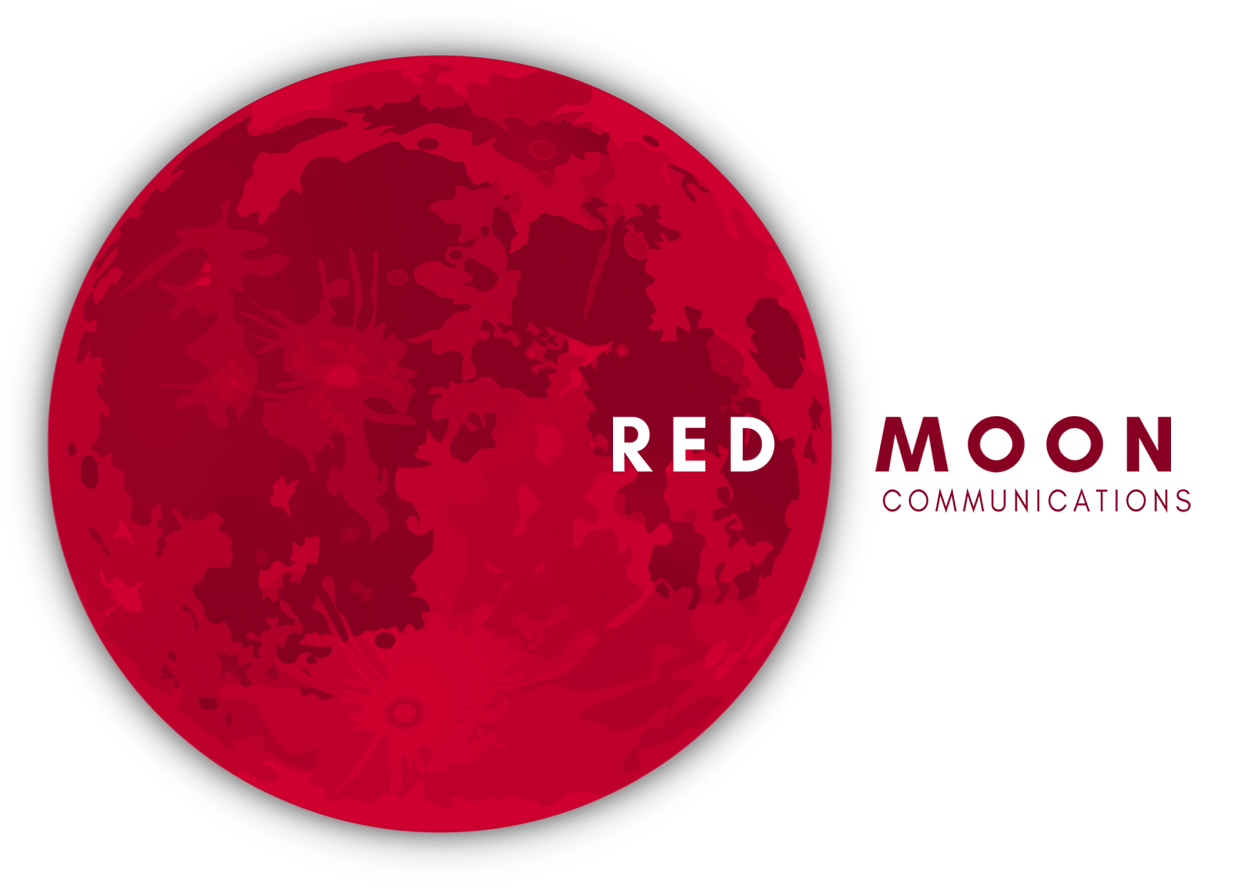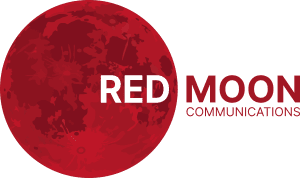Women continue to encounter discrimination on a global level, particularly when it comes to ascending to leadership positions. Despite comprising almost half of entry-level employees worldwide, women hold less than a third of leadership positions. This article explores the specific challenges women face in the workplace, and strategies for removing structural barriers that impede advancement of women in leadership.
The Current Landscape
The statistics are evident: women are making advances in the workforce, but they continue to struggle to attain positions of senior management and leadership. Currently, women make up around fifty percent of the global labor force. As of 2023, 10.4% of leadership positions in Fortune 500 companies are held by women. The number of female CEOs on the Fortune 500 list has reached an all-time high of 52.
Obstacles to Women Leadership
Despite the progress, significant challenges persist that hinder women from reaching leadership roles.
Gender Bias and Stereotypes
Lack of gender equality in leadership is perpetuated by the prevalence of gender bias and stereotypes regarding women leaders. These prejudices and stereotypes pose a significant barrier to women achieving the top leadership positions they deserve. In order to resolve this issue, decision-makers and employees must acknowledge the problem and the imperative need for change.

The Effectiveness vs. Likeability Dilemma
The “effectiveness vs. likeability” dilemma is a significant obstacle for female executives. Women are frequently forced to choose between being effective and well-liked leaders by society. Women who employ the same successful behaviors as men are frequently viewed as less appealing. This dilemma can cause women in leadership positions to feel compelled to choose between being despised and effective or liked and ineffective.
Lack of Representation
A dearth of women in leadership positions can perpetuate a self-reinforcing cycle. When women do not observe other women in leadership positions, this can be discouraging and make leadership appear unattainable.
Organizational Culture
Cultures in the workplace that are exclusive or tolerate misogyny and discrimination can produce hostile environments for women. This can hinder their ability to flourish and advance in their professions.
Lack of Advocacy
Lack of active advocates for women in leadership positions can be a significant obstacle. Advocacy is essential for removing barriers and opening paths for success of women. Despite the fact that many platforms are working toward this objective, there is a deficiency in recognizing and amplifying the voices of women in leadership positions and actively confronting this phenomenon.
Women Leaders are more competent
Women have proven to be highly effective leaders, dispelling the myths surrounding their leadership abilities. Multiple studies have demonstrated the effectiveness of women in leadership positions. According to Gallup’s 2015 State of the American Manager Report, both male and female employees working for female managers reported higher engagement levels than those working for male managers. One-third of adults believe that female leaders are more honest and ethical than male leaders. Additionally, employees are more likely to trust female executives than their male counterparts because women in top business positions are perceived as more honest and ethical.
Studies found that companies with three or more women on the board of directors delivered a 36% higher return on equity. Additionally, female leaders excel in being supportive, particularly in areas like employee progress and development, as indicated by research. Recognizing these valuable traits, employers have begun training male colleagues in leadership to adopt these qualities, fostering better communication, collaboration, and positive reinforcement.
The Path Forward
To pave the way for a more equitable future in leadership, it is essential to resolve these obstacles and cultivate an environment that encourages the growth and development of women as leaders. Here are several essential steps:
- Ensure that women have the same access as men to leadership training and development programs in order to acquire the necessary skills and competencies.
- Challenge traditional stereotypes and biases associated with female leaders and emphasize the value they contribute to positions of leadership.
- Promote mentorship programs and support networks that help women navigate the challenges of leadership.
Promote gender-neutral leadership styles that place an emphasis on effectiveness and likeability.


The outlook for women in leadership is positive, but it will take concerted effort to overcome the remaining barriers. Recognizing the benefits of female leadership, addressing gender bias and stereotypes, and offering equal training and development opportunities will pave the way for a more inclusive and equitable workplace. By embracing these changes, we can ensure that women’s voices are heard and they have an equal seat at the leadership table, thereby contributing to the success of businesses and organizations at a global level.
Disclaimer: Any opinions expressed in this article do not necessarily reflect the opinions of Gibbous. This content is meant for informational purposes only









